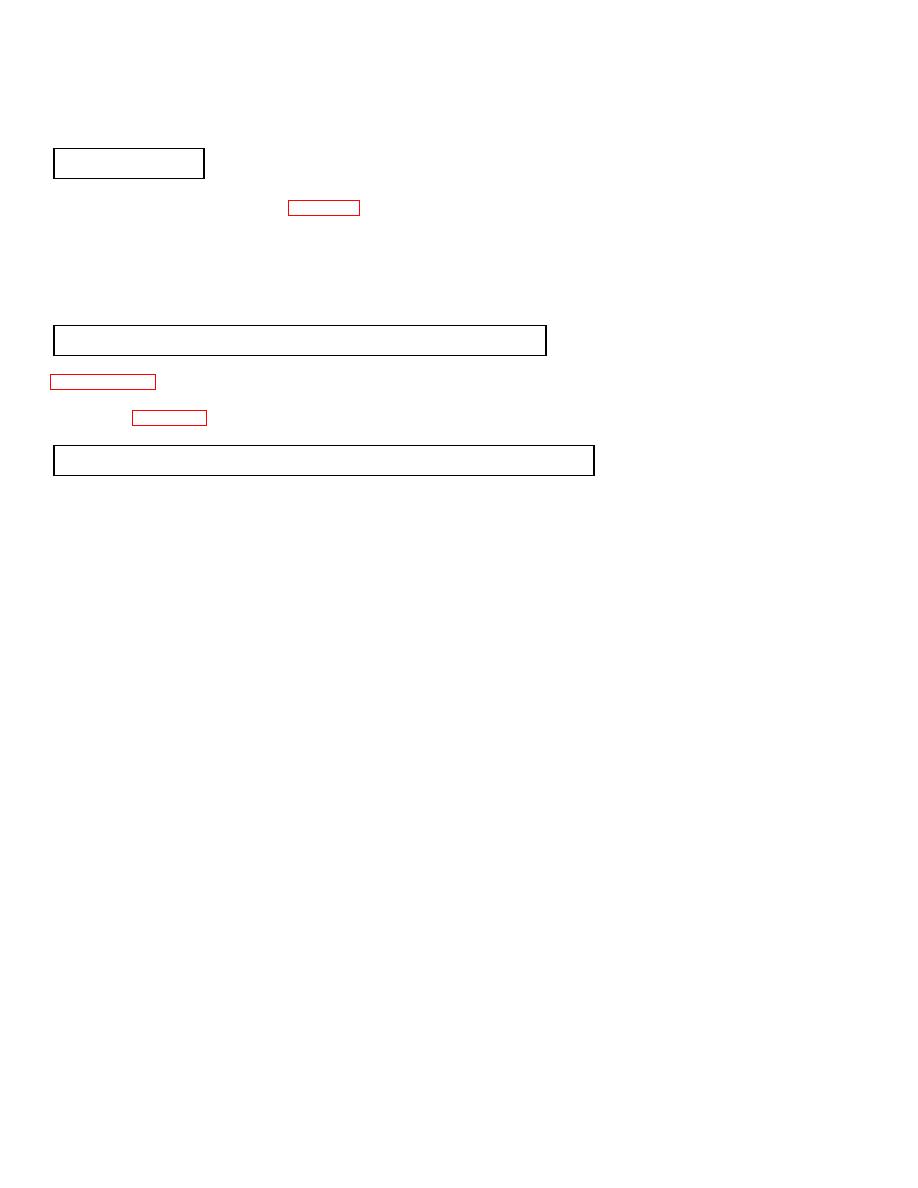 |
|||
|
|
|||
|
|
|||
| ||||||||||
|
|
 TM 10-3930-673-34
2
Section II.
TROUBLESHOOTING
The Troubleshooting Fault Index (Table 2-1) lists the most common failures experienced during operation of
the forklift. Find the symptom that is closest to the symptom your forklift has and refer to that step for the
troubleshooting procedures. This manual cannot list all malfunctions that may occur, nor can it list all tests,
inspections, and corrective actions. Obvious mechanical failures and damage are not covered. If a malfunction
is not listed or is not corrected by the corrective actions described, notify your supervisor. Additional
troubleshooting procedures are detailed in TM 10-3930-673-20-1.
2-5. TROUBLESHOOTING PROCEDURES
section includes troubleshooting procedures for the engine, drivetrain, steering, brakes, and
hydraulics. Table 2-1 lists the symptoms covered.
a. Page Layout. Troubleshooting procedures are divided into logic tree pages and test pages.
(1) A logic tree page is always a left-hand page, facing the test page on the right. The logic tree page
provides the sequence of steps required to isolate a fault to a failed component. All critical information for
decision making is on the left-hand page. Each logic tree page contains the following information:
(a) INITIAL SETUP This box is located only on the first logic tree page of a fault. INITIAL SETUP
lists tools, materials, references, personnel, and equipment needed to troubleshoot the fault.
(b) KNOWN INFO This box is located in the top left-hand column. KNOWN INFO lists conditions
and information that will eliminate specific components as the cause of the fault.
(c) POSSIBLE PROBLEMS This box is located directly below KNOWN INFO. All of the system
components that could cause a fault are listed in the POSSIBLE PROBLEMS box. The first component listed
in the POSSIBLE PROBLEMS box is the one that will be tested at that step in the logic sequence. When one
of the components is tested and found to be operational, it is entered at the bottom of the KNOWN INFO box
as OK.
(d) QUESTION Each question, located in the middle column, refers to the first possible problem
listed in POSSIBLE PROBLEMS. If the answer to the question is YES, proceed to the next step. If the answer
is NO, follow the NO arrow to obtain directions for correcting the problem. If the step contains a WARNING
or CAUTION message, a small shadow box is printed above the question. Text for WARNINGS and
CAUTIONS is on the following right-hand page.
(e) TEST OPTIONS This box is located directly below TEST OPTIONS. It explains the purpose
for the question in the middle column.
(f) REASON FOR QUESTION This box is located directly below TEST OPTIONS. It explains the
purpose for the question in the middle column.
|
|
Privacy Statement - Press Release - Copyright Information. - Contact Us |